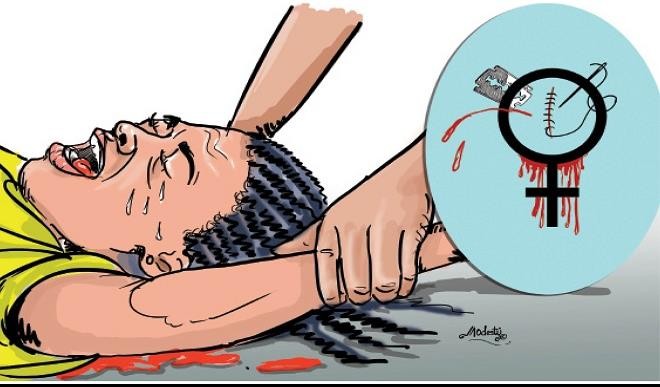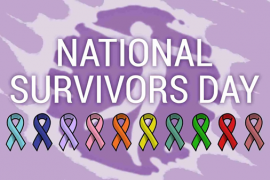Women cannot be empowered when stifled by pain, physical, emotion or psychological trauma. An action that impedes on women empowerment hinders the process of achieving the Sustainable Development Goals – SDGs.
Female Genital Mutilation (FGM) is considered one of such action that impedes on women empowerment in certain areas of life. We are taking the time to consider the Psychological and physical impediments of FGM to the empowerment of SDGs in the lives of many affected women.
Have we considered the Psychological effect of fear on a woman who is suffering from shock, having experienced the process of her genitals being cut off at a tender age? Such woman will constantly live in fear and curtailment because she is not bold enough to dare the unknown; this is a type of impediment to the achievements of SDGs.
Women can only be empowered if and only if they are ready to face the requirements of empowerment, these women may not necessarily avoid empowerment, but they are restrained by some invisible and Psychological forces like fear.
According to WHO, one of the health risks of FGM is Shock, which comes from the pains, infection and/or haemorrhage, experienced during the process of genital mutilation. There are no health benefits to the ritual of FGM; it rather leads to various health dangers for women whose traditional practices it as a norm.
For some women, the shock or fear ceases after a while, but others continue to live with the problem for life. The fear and shock are aside other health risks that may occur as a result of FGM, which WHO classified into two types, the short-term and the long-term risks.
The Short-Term Risk Includes:
Severe pains: which is as a result of the injuries acquired during cutting of the nerve ends and sensitive genital tissue causes, and even though the healing periods (that is if the child or woman was not infected) the person continues to feel severe pains until the wounds have healed.
Excessive bleeding or haemorrhage: may occur if the clitoral artery or other blood vessel is affected during the process, which is a great danger to the health and wholeness of the child or woman.
Genital tissue swelling: this is also bound to happen if the part is infected.
Infections: this is also expected to happen in careless situations when contaminated instruments are used during the cutting process and the healing period.
Human immunodeficiency virus (HIV): note that FMG does not cause HIV, but the use of contaminated and unsterilized instruments during the process may lead to HIV.
Urination problems: This may happen due to tissue swelling, pain or injury to the urethra, causing urinary retention and pains when urinating.
Impaired wound healing: can lead to pain, infections and abnormal scarring.
Death: can be caused by infections, including tetanus and haemorrhage that can lead to shock.
Psychological consequences: due to physical force by those performing the procedure the patient is thrown into the trauma of fear and shock.
In considering the long-term risks, there are some short-termed risks that may eventually become a stigma if the problem remains permanent, such as the pains caused as a result of tissue damage and scarring that may result in trapped or unprotected nerve endings. As well as Infections such as:
Chronic genital infections: with consequent chronic pain, and vaginal discharge and itching. Cysts, abscesses and genital ulcers may also appear.
Chronic reproductive tract infections: May cause chronic back and pelvic pain.
Urinary tract infections: If not treated, such infections can ascend to the kidneys, potentially resulting in renal failure, septicaemia, and death. An increased risk for repeated urinary tract infections is well documented in both girls and adult women.
Painful urination: due to obstruction of the urethra and recurrent urinary tract infections.
Other long-term risks include:
Female sexual health, Obstetric complications, Obstetric fistula, menstrual problems, Keloids, and Perinatal risks, as explained by WHO.
Going through the health risks caused by FGM to a woman’s health both physically and emotionally, it is advisable that proper solutions should be proffered towards healing the already affected persons plus the total elimination of FGM tradition, in order to have a healthy and whole women society ready to be empowered.
Therefore, all Authorities, NGOs, and organizations must work towards achieving first the sanity of women whose tradition engages in such practices, so as to stop the continuity of the ritual because girls who grow up in such tradition want a continuation of FGM in the next generation when they become parents.
The danger of FGM is too great an effect for a girl-child because it causes them to grow abnormally in terms of health and their minds.
If elimination of FGM is achieved, sustainable development goals for women could be achieved.




